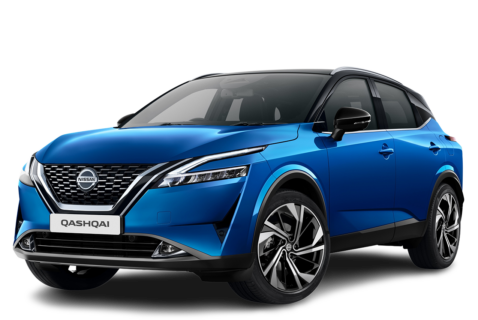Nissan Qashqai 1.3 DIG-T 158 MT Mild Hybrid petrol FWD cvt
2022
44%
7.3
10
Clean Air Index
3.9
10
Energy Efficiency Index
2.1
10
Greenhouse Gas Index
| Laboratory Tests | NMHC | NOX | NH3 | CO | PN | |
|---|---|---|---|---|---|---|
| 6.610 | Cold Test | |||||
| 8.110 | Warm Test | |||||
| 6.810 | Highway | |||||
| Cold Ambient Test | Does not qualify for additional robustness testing | |||||
| Road Test | ||||||
| 7.910 | On-Road Drive | |||||
| 3.75 | On-Road Short Trip | |||||
| On-Road Heavy Load | Does not qualify for additional robustness testing | |||||
| On-Road Light Load | Does not qualify for additional robustness testing | |||||
| Congestion | Does not qualify for additional robustness testing | |||||
| Laboratory Tests | Energy | |||
|---|---|---|---|---|
| 4.810 | Cold Test | |||
| 4.910 | Warm Test | |||
| 2.210 | Highway | |||
| Cold Ambient Test | Does not qualify for additional robustness testing | |||
| Consumption | Driving Range | |||
| Average | 7.2l100 km | 778km | ||
| Worst-Case | 8.7l100 km | 635km | ||
| Greenhouse Gases | CO2 | N2O | CH4 | |
|---|---|---|---|---|
| 3.210 | Cold Test | |||
| 3.310 | Warm Test | |||
| 0.010 | Highway | |||
| Cold Ambient Test | Does not qualify for additional robustness testing | |||
Specifications
- Tested Car SJNTAAJ12U108XXXX
- Publication Date 10 2022
- Vehicle Class Small SUV
- Emissions Class Euro 6d AP
- Tyres 235/50 R19
- Mass 1,441 kg
- Engine Size 1,332 cc
- Power/Torque 116 kW/260 Nm
- Declared CO2 144 g/km
- Declared Battery Capacity 0.12 kWh
- Declared Consumption 6.4 l/100 km




































































































































Our verdict
August 2023: The result of this car been updated. Previously reported Ammonia (NH3) values were incorrect owing to a technical error with the equipment at the test laboratory and a correction has been applied.
Tested here is the Nissan Qashqai, equipped with the 1.3 litre turbocharged petrol engine. The car demonstrates a well-functioning pollutant control system, albeit with the with potential to improve. The good laboratory result can also be easily reproduced on the street, significantly lowering the impact of combustion engine vehicles on air quality. Like other SUVs, the Qashqai struggles with increased fuel consumption during dynamic highway driving and higher speeds. With 6.7 l/100 km in the real world On-Road test, however, the number is a relatively good value for a petrol SUV. Closely related to the fuel demand are also the greenhouse gas emissions, which don't help the Qashqai reach more than 2½ Green stars with an Weighted Overall Index of 4.4.